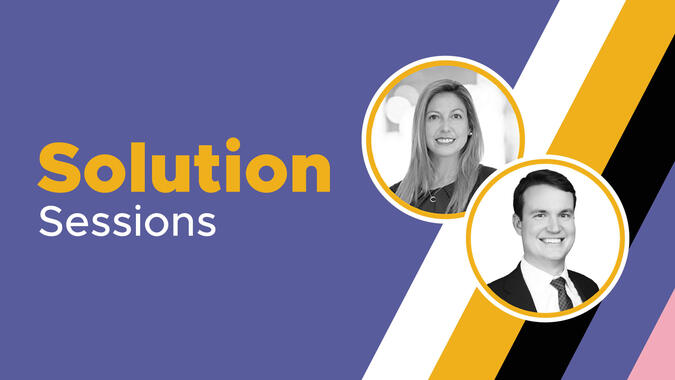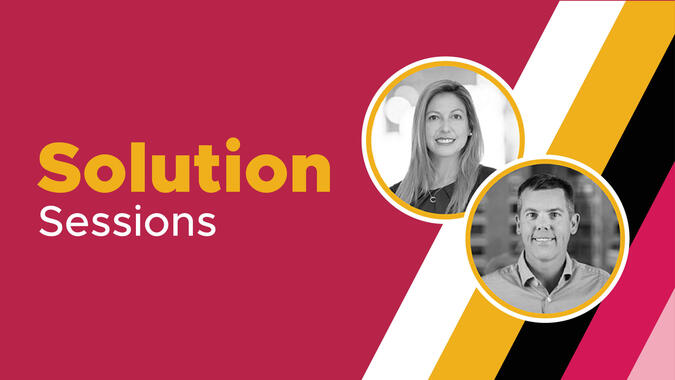Social Media and Not-for-Profits: Harnessing the Power of Awareness
- Published
- Nov 13, 2014
- Share
Social media has developed into a necessary communication tool for organizations who want to have a relevant voice in our tech-heavy society. Not-for-profits have embraced social media because it allows organizations to spread their word and monitor their presence in a cost-effective and timely fashion. With the ALS Ice Bucket Challenge going viral and raising over $115 million as we write this, the power of social media as a tool for nonprofits has never been more apparent.
So should you issue a challenge to your audiences and wait for the money to start rolling in? That depends. Not every organization is going to be able to replicate that kind of success, but it goes to show you how a little bit of creativity can help spread your message quickly if you get comfortable using social media.
For those looking to utilize social media for the first time, there are many factors to consider. In order to be successful, organizations need to evaluate both the potential benefits and how much time and money they are willing to invest in creating and implementing a social media plan. Nonprofits have serious budget pressures, so an analysis of the cost of adopting these strategies is in order. Comparing your expenses in time and money for your social campaign vs. a more traditional campaign can help justify the approach once you get to the business plan stage. How much did it cost to get a new volunteer or donor using a mailer and print advertising campaign? Establishing that baseline will help you measure your new efforts and set future goals.
Designing a game plan for who you want to reach, how you want to reach them (LinkedIn, Facebook, Twitter, Instagram, etc.), and how often you interact and engage with them, is the first step in your organization’s social media journey.
In developing your plan, you want to start with a goal. Nonprofits measure their success in outcomes, which are an organization’s desired end result and reflect progress. Outcomes may present themselves in the form of raising a certain dollar amount for a charity program, rescuing animals from a natural disaster site, having a petition signed to sponsor a certain cause, formulating a group response to legislation, building brand awareness, bettering a community with cleanup or food drives, or increasing memberships for an organization or volunteer clinic.
Perhaps your goal involves member and volunteer engagement. Members and donors can be recruited through social media to donate both time and money, help spread information, write letters and attend demonstrations, or perform any other tasks needed to reach certain desired outcomes. Social media is also a great way to spread the knowledge of these outcomes when they are achieved, which in turn can help in recruiting more advocates to boost the organization’s mission.
The devil is always in the details, so with your plan established, you will need to follow it through and measure progress along the way. The flexibility of social media strategies is a great benefit – you will have room to change course, pivot your message, and react quickly to the changing market. Your organization may not hit a viral homerun on the scale of the ALS Challenge, but with social media, you have another way to pursue your desired outcomes and fulfill your mission.
Contact EisnerAmper
If you have any questions, we'd like to hear from you.
Receive the latest business insights, analysis, and perspectives from EisnerAmper professionals.










